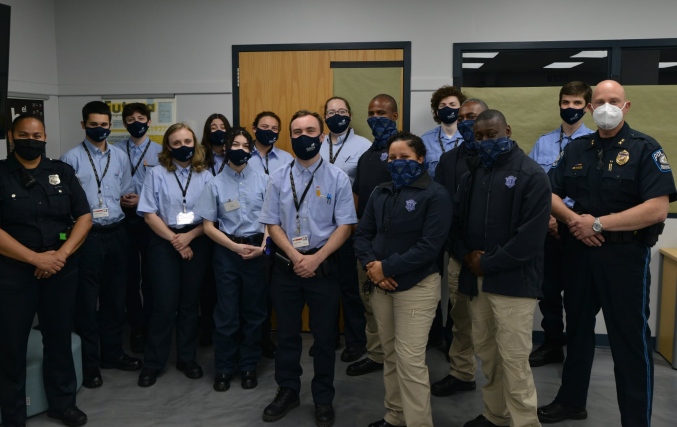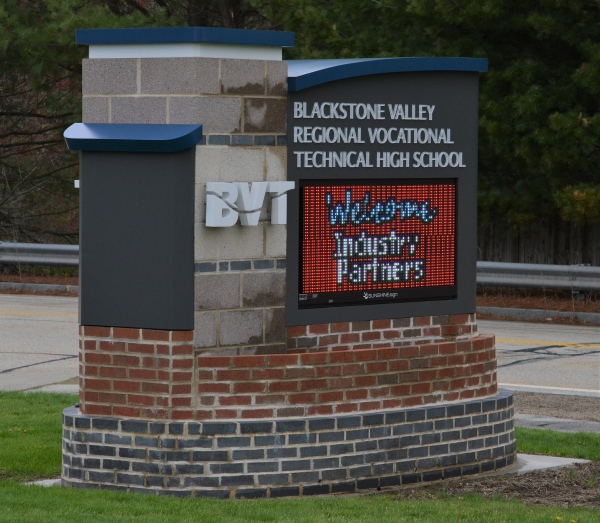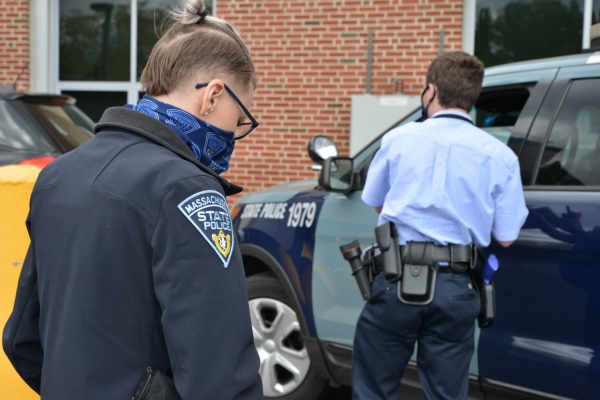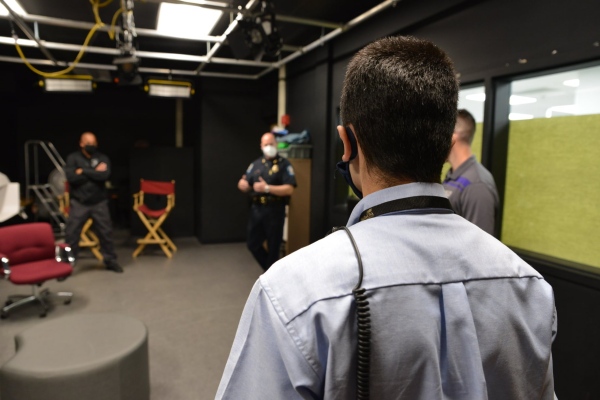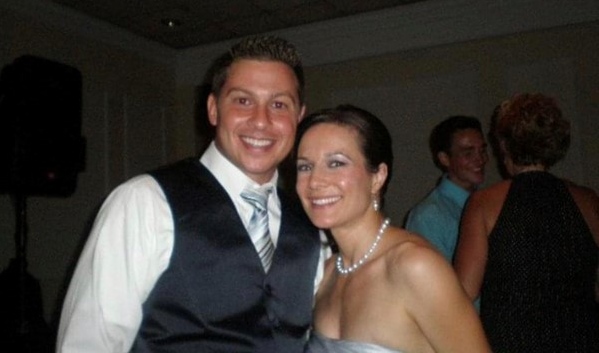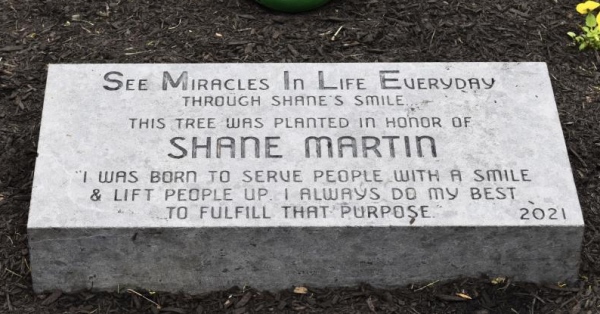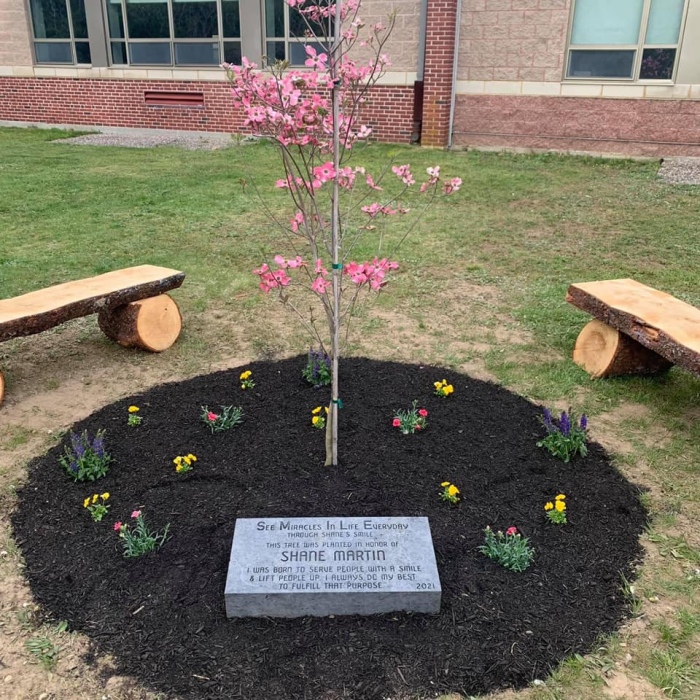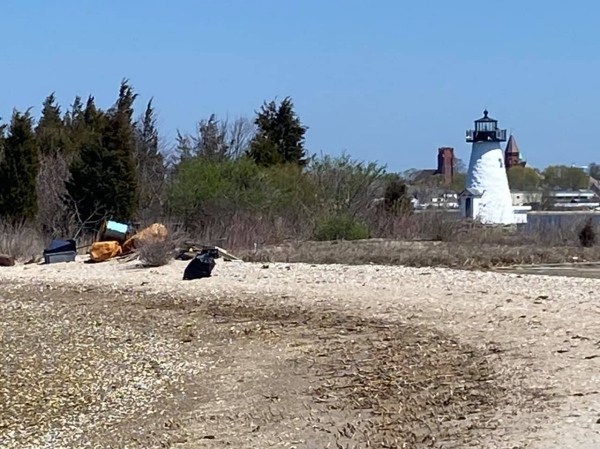Healey Will Require Some AG Employees to Be Vaccinated
By Chris Lisinski
State House News Service
Attorney General Maura Healey on Wednesday defended her call for mandating COVID-19 vaccines among public employees as a “matter of common sense,” urged state and federal lawmakers to pursue a “systemic” overhaul of child care, and criticized President Joe Biden’s campaign goal of forgiving $10,000 per person in student loans as insufficient.
In a wide-ranging discussion with business leaders, Healey also hinted at additional legal action her office could take against opioid manufacturers and urged employers to take a stand in favor of securing voting rights.
Healey, whose office confirmed Wednesday that she will require some of her staffers to get vaccinated when they return to in-person, public-facing work, reiterated her stance that some public-sector employees such as corrections officers and state police should be required to receive COVID-19 vaccinations.
Asked during a question-and-answer session with the New England Council how state officials could enforce such a requirement, Healey said she views the mandate as “common sense” for employees who regularly interact with the public as a function of their jobs, and pointed to other required vaccinations.
“We require flu shots, we require certain vaccinations, we require hep B shots if you work in a hospital,” Healey said. “People have suffered so much, and we know — I believe in science and data, I’m listening to the people at the CDC, I’m listening to the public health experts. To me, it’s a wartime effort and everybody’s got to step in and do their part, and doing your part means getting vaccinated.”
In a statement to the News Service after the Wednesday morning event, Healey spokesperson Emalie Gainey said the attorney general will implement a similar policy in her own office once employees are no longer remote.
“AG Healey believes everyone eligible for a vaccine should get one, and is encouraged by the millions in Massachusetts doing their part at clinics across the state,” Gainey said. “Again, it is her personal policy view that vaccines should be required for certain state employees that interact with the public on a daily basis to help prevent the spread of the virus. While her office is still operating on a remote basis, she has encouraged staff to get the vaccine, pending any exemptions, and will require vaccinations for employees who have regular interaction with the public when we return back to the office.”
Republican Gov. Charlie Baker, who has repeatedly urged people to get vaccinated, opposes the idea of requiring state employees to get a COVID-19 vaccine. On Monday, he said he prefers to focus on communicating the vaccine’s efficacy and expanding access.
“The idea that I would kick somebody out of a job — and especially in the kind of economy we have now — because, quote unquote, they wouldn’t get vaccinated right away on an EUA-approved vaccine … No. I’m not gonna play that game,” Baker said Monday.
Healey, a Democrat who pundits have watched as a possible gubernatorial candidate, said there could be legally protected exemptions for public employees for reasons such as disability or religious belief. State workers who refuse to be vaccinated should be handled on a “case-by-case” basis, she said.
Healey cited the frequent calls for widespread vaccinations from national experts such as National Institute of Allergy and Infectious Diseases Director Dr. Anthony Fauci and CDC Director Dr. Rochelle Walensky.
“There’s something real about vaccine hesitancy and I want to acknowledge that. People are scared. Now there’s information coming out about vaccines for kids 12 to 15 or under 12,” she said. “I get that fear, and I get the history of vaccinations, particularly as it relates to communities of color and the fear there, but I think that’s something we’ve got to address with more education and more personal dialogue about things.”
“I don’t want to diminish people’s genuine concern and fear, but I trust Fauci, I trust MGH’s own Rochelle Walensky, who’s now heading the CDC,” Healey added. “I mean, science, you know? I feel like this is the way to go and a path to a quicker resumption of regular life.”
In March, days before Healey first said she believes vaccines should be mandatory for some public employees, declared Democratic gubernatorial candidate Ben Downing called for all state police, first responders and teachers to become vaccinated. Unlike Healey, Downing said specifically that he believes any of those public-sector employees who refuse a shot should not be allowed to remain on the job.
Her prepared remarks to the council focused on three main topics: opioid use, child care and voting rights.
As Healey noted, the pandemic has thrust early education and child care into the spotlight, forcing many parents to grapple with day care and school closures. Center-based care for infants costs an average of $21,000 per year in Massachusetts, Healey said, the second-highest average cost in the country behind Washington, D.C.
She told the council, whose members employ many of the people who are juggling work and home life responsibilities, that high costs of care are an untenable burden for many parents and are disproportionately keeping more women out of the workforce.
“What became immediately apparent to me is that the only real solution has to be a systemic one,” she said. “For all of us, the pandemic has brought out of the shadows a system that requires too much of parents and pays too little to educators.”
The crisis has prompted renewed debate on how the state and country should structure child care systems. Supporters of universal early education say it will improve outcomes for children while simultaneously giving families more financial stability and ability to work.
But those reforms will be costly. The Massachusetts Budget and Policy Center estimated in a recent report that offering universal, high-quality and affordable early education and child care in the state would cost more than $5 billion.
Biden’s $1.8 trillion proposal unveiled last week, which he dubbed the “American Families Plan,” would spend $200 billion to make free, universal preschool available to all 3- and 4-year-olds and $225 billion more to increase industry pay and make care more affordable for families.
At the state level, Senate President Karen Spilka has challenged providers, employers and lawmakers to partner on a “moonshot” to reform intergenerational care across Massachusetts.
Healey, who joined other attorneys general in July 2020 to call for $50 billion more in national child care funding, said Wednesday that she believes Americans should recognize child care as “an essential part of public infrastructure.”
“While there are some reforms we can make and have made, it also requires new investment,” she said. “This is an investment that will pay off. For every dollar invested in early childhood education, it’s yielding between $4 and $16 in returns. That’s a pretty good investment. I’m talking about increased high school graduation and college matriculation rates. I’m talking about higher personal earnings. I’m talking about decreased spending in special education, social welfare, decreased spending in the criminal justice system.”
Her remarks to business leaders on Wednesday opened with a warning that the opioid epidemic has “gotten worse” during the COVID-19 crisis, even as some public attention has been absorbed by other pressing health needs.
Healey cited data from the U.S. Centers for Disease Control showing that more than 90,000 Americans died of drug overdoses from September 2019 to September 2020, a nearly 30 percent increase from the prior year. About 70 percent of those deaths were opioid-related.
“The isolation, the stress, the mental health strains brought on by COVID require us to build back our progress and to find ways to get more communities the support they need,” Healey said. “COVID resulted in job loss, economic stress, housing instability — it’s put so many people at risk of substance use and relapse and pushed so many people, understandably, over the edge.”
She praised the Biden administration for including $4 billion in the American Rescue Plan stimulus package to expand substance use disorder and mental health supports, and she called for additional changes to prescribing practices to help prevent addiction from taking hold.
In recent years, Healey pursued legal action against the Sackler family, who control Purdue Pharma, and against consulting firm McKinsey over their role in marketing and selling drugs such as OxyContin that fueled the opioid addiction crisis.
“I will tell you, there are further actions soon to come,” she said Wednesday.
In February, Healey and 16 other attorneys general urged Congress to push Biden to cancel up to $50,000 in federal student debt held by every student loan borrower via executive action.
On the campaign trail and in his early weeks in office, Biden indicated interest in eliminating $10,000 of student debt per person but questioned whether he has the authority to wipe out up to $50,000.
Healey on Wednesday called the roughly $1.7 trillion in student loan debt across America “a huge albatross” that prevents people from saving for retirement and purchasing homes.
“The plan put out that allowed forgiveness for up to $50,000 was a plan that was actually sensible and targeted to making a meaningful difference. Forgiving $10,000 isn’t going to move the needle on that,” Healey said. “We’ve got to get real and bite the bullet and just forgive certain debt.”
Some opponents have said that eliminating that much debt before it is paid back would be unfair to borrowers who already repaid their full balances, an argument with which Healey disagreed.
“I know it’s a line-drawing and some people are going to fall on this side and some people are going to fall on that side. I do not believe, though, that it encourages or rewards people for not paying their loans,” she said. “That’s not what I see in my office, and I’ve got a student loan assistance unit that every year is working through thousands of complaints. These are people who tried to pay their loans and for one reason or another, sometimes based on the terms of their loans or they shouldn’t have received them in the first place, aren’t able to.”


